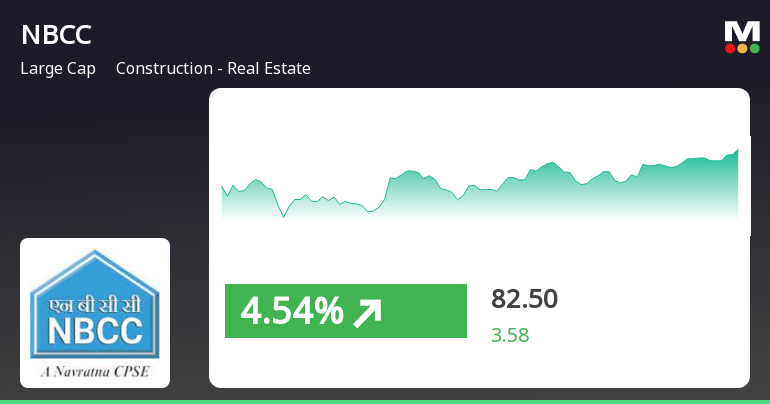Biopics have often been used as a space to explore and reinterpret historical figures and events in the Indian cinema landscape. One of the most contentious and discussed films of recent times is Kangana Ranaut’s ‘Emergency’, which dramatizes the tumultuous period of the 1975 Emergency declared by then-Prime Minister Indira Gandhi. The film has sparked conversations about the nature of historical representation in film and the responsibilities that come with it.
A Clash of Perspectives
‘Emergency’ tries to capture a complex narrative that portrays Indira Gandhi as a strong leader but also as a weak human being, vulnerable to personal and political pressures. The film oscillates between these two portrayals, giving the audience a glimpse into the multifaceted nature of Gandhi’s character. However, this duality raises questions about the accuracy and depth of the representation. Can one really find the soul behind a historical persona through the device of dramatisation? The making of the Gandhi film, presenting her relationship both with her son Sanjay and adversaries in politics shows a simplistic presentation of power dynamics and vulnerability lines.
Creative Liberties
‘Disclaimer’ with regard to such creative liberties by the makers of ‘Emergency’ is itself a notable takeaway from the ‘Emergency’ review. While filmmaking sometimes requires an artistic assumption, the challenge is that to balance storytelling with historical accuracy. The movie has been considered sensational at times, thus taking away the seriousness of the events illustrated in it. For example, the musical interludes in politically charged moments may take away the attention from the serious implications of the Emergency and make it a spectacle without much substance.
Historical Context and Its Representation
The Emergency period is one of the darkest chapters in Indian democracy. The film deals with important events like the censorship of the press and mass arrests of political dissenters. However, the depiction of those events is not an in-depth one so that impact could be extracted. The entire film may lose its contextual appeal as the personal story of Indira Gandhi overshadows the collective experiences of the people who survived this period. The examples drawn from such an occurrence are the actual ground-level movements against Emergency-it provides the overall significance of such a period.
Artistic Representation of Complex Figures
Kangana Ranaut’s performances as Indira Gandhi have also received mixed responses, with people appreciating the fact that she is devoted to the role while others criticize her performance for lack of depth. It is easy to look similar, but truly capturing the intricate details of Indira Gandhi requires not only facial similarity but her ambitions, her fears, and the contradictory elements of her leadership. The film’s depiction of Gandhi as both a powerful figure and a vulnerable individual offers an intriguing yet tangled narrative that invites further analysis.
Audience Reception and Cultural Impact
Public response to ‘Emergency’ has been mixed, with some viewers admiring Ranaut’s performance and the production quality of the film while others have raised objections over its portrayal of history. This is reflective of the constant debate on how history is understood and represented in popular media. Films like ‘Emergency’ are capable of shaping public opinion; therefore, the creators need to be responsible and careful while representing historical narratives.
Conclusion
As ‘Emergency’ continues to stir more talk about its handling of one of India’s most controversial leaders, it is a reminder of just how fine that line is between artistic license and historical fidelity. Whilst cinema does hold the ability to engage and provoke, it should be both willing and able to embrace the challenges and complexities of history. The reception of the film underscores the need for critical engagement with historical narratives in cinema, pushing audiences to question not only what they see on screen but also the broader implications of these representations in shaping collective memory.










